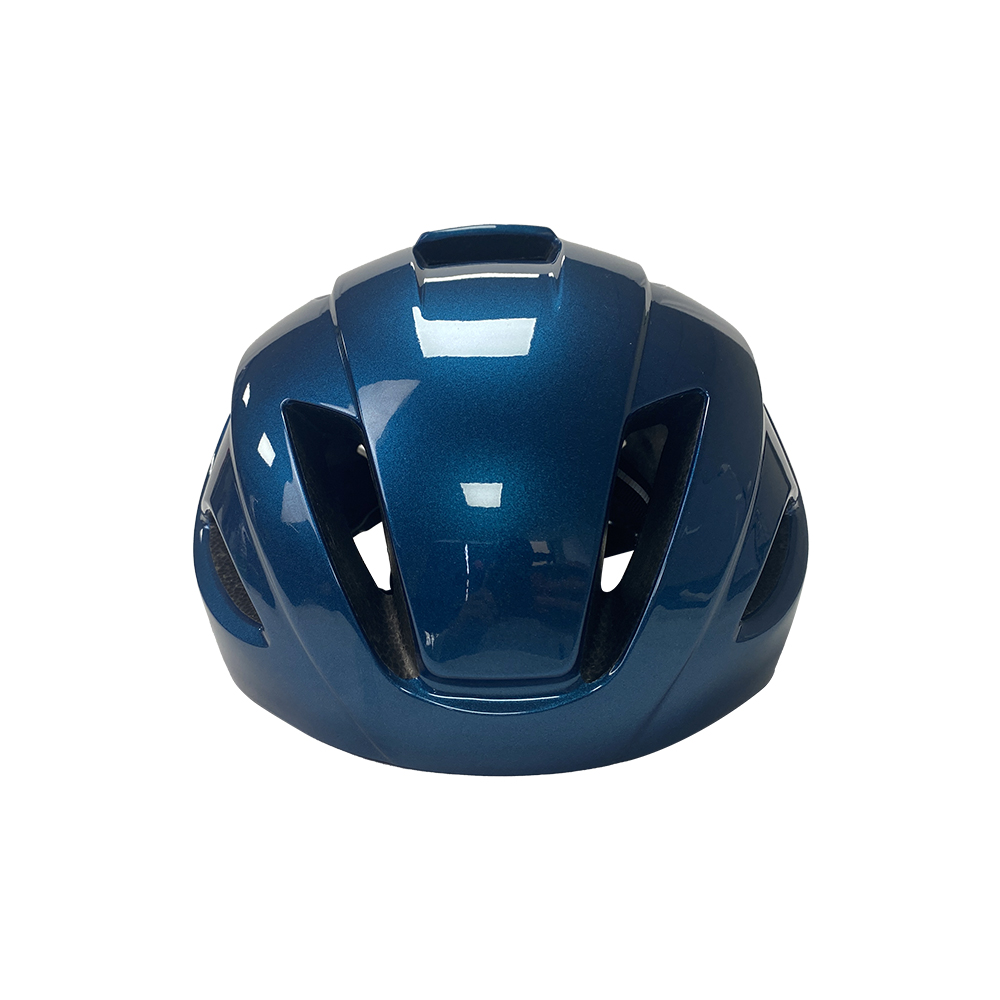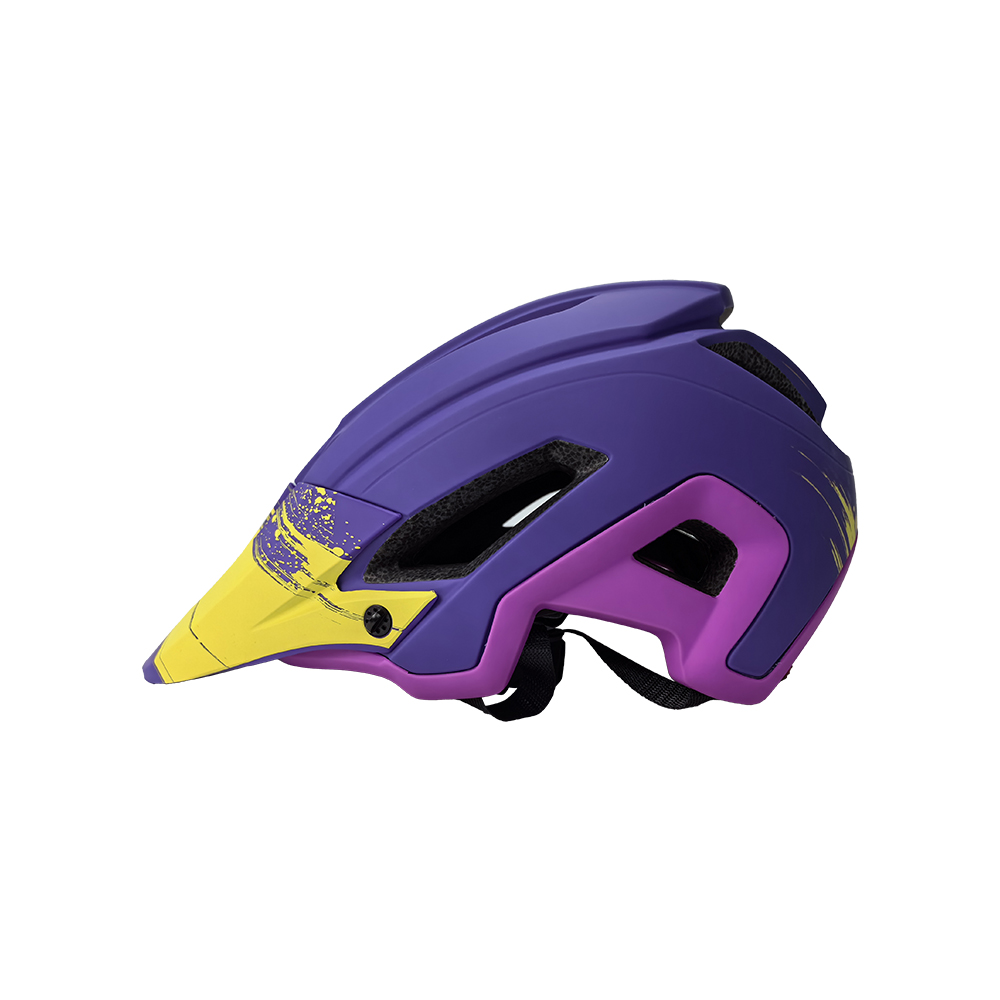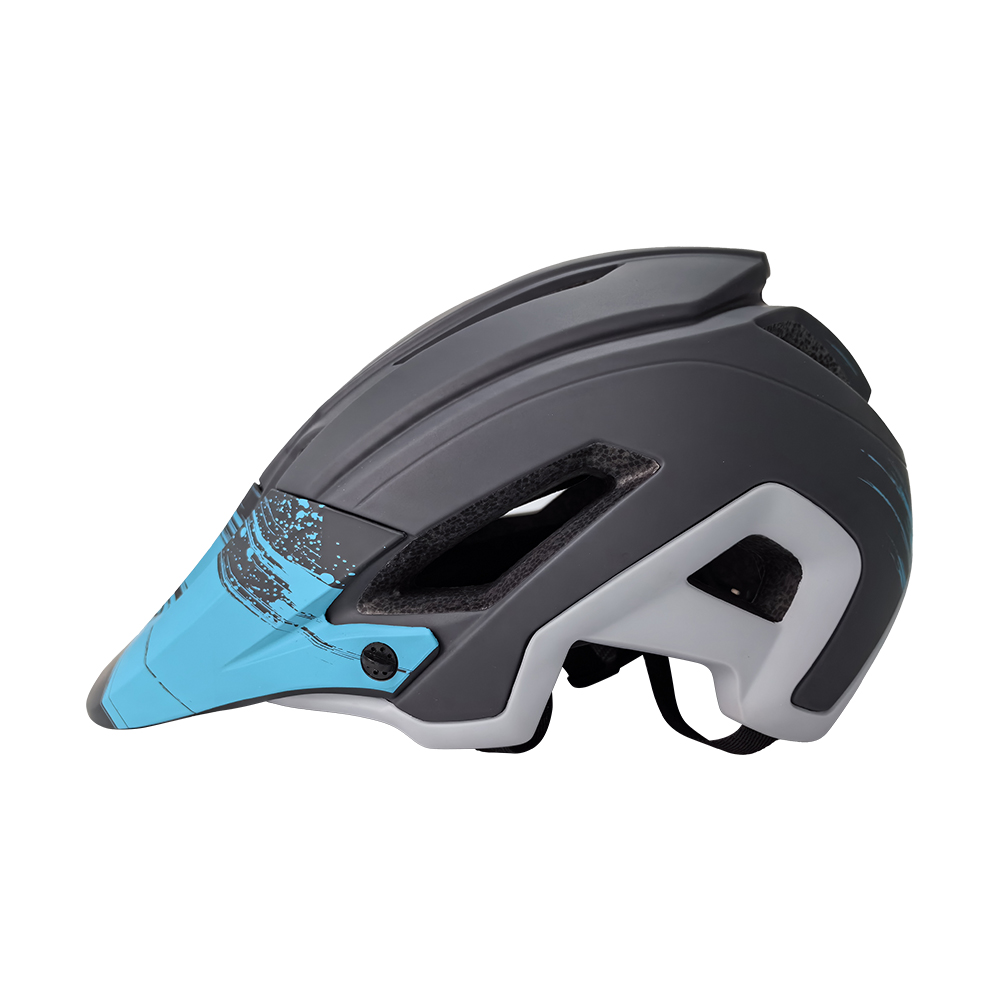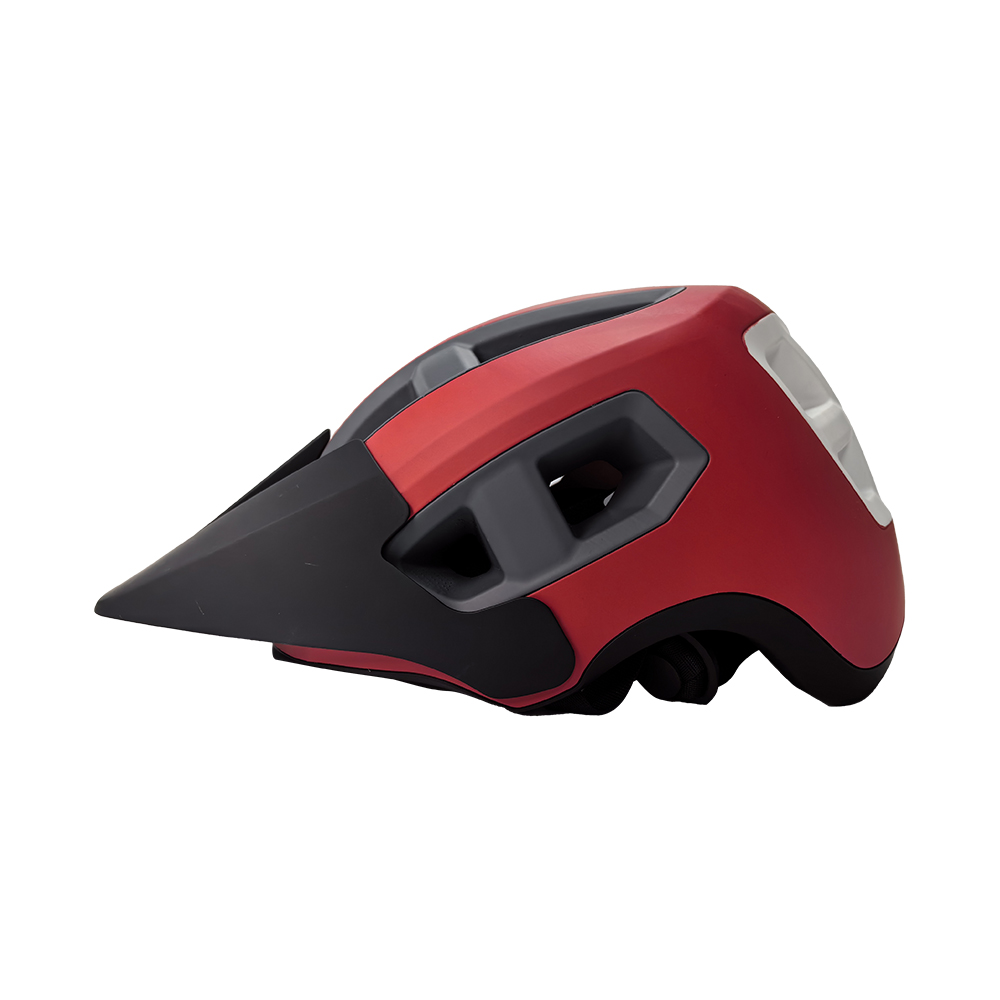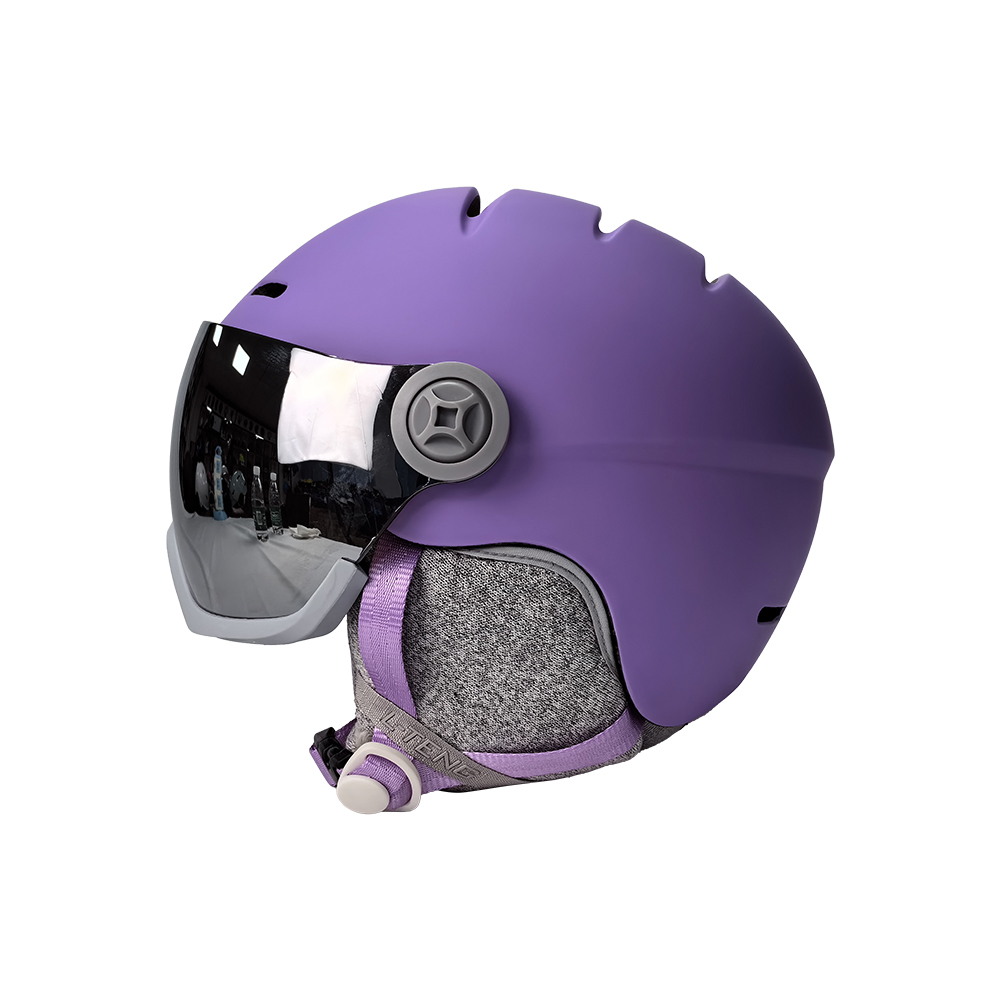As cycling continues to gain popularity, the importance of wearing a properly functioning bike helmet cannot be overstated. Bike helmets are designed to protect your head from serious injuries in the event of a crash or fall, but like any safety gear, they have a limited lifespan and need to be replaced periodically to ensure maximum protection.
When to Replace Your Bike Helmet After a Crash
One of the most critical times to replace your bike helmet is after a crash or impact, regardless of how minor it may seem. Even if your helmet appears undamaged, the internal foam lining and structural components may have sustained invisible damage, compromising their ability to absorb the force of a future impact effectively. Failing to replace your helmet after a crash means unnecessarily reducing its protective capabilities, putting you at risk of more severe injuries.
The 3-5 Year Replacement Guideline
Even if your bike helmet hasn’t been involved in a crash, most experts recommend replacing it every 3 to 5 years, as a general rule of thumb. This recommendation is based on several factors that can contribute to the gradual degradation of a helmet’s materials and safety features over time, including:
- Ultraviolet (UV) exposure: Prolonged exposure to sunlight can cause the helmet’s outer shell to become brittle and weaken its structural integrity.
- Normal wear and tear: Regular use, bumps, drops, and general handling can take a toll on a helmet’s components, such as straps, adjusters, and foam lining.
- Environmental factors: Extreme temperatures, humidity, and exposure to certain chemicals (e.g., sunscreens, bug sprays) can accelerate the deterioration of a helmet’s materials.
- Technological advancements: Newer helmet models often incorporate improved designs, materials, and safety features, potentially offering better protection than older models.
Signs It’s Time for a New Bike Helmet
In addition to the general 3-5 year replacement guideline, there are several signs that indicate it’s time to invest in a new bike helmet:
- Visible cracks, dents, or deformities in the outer shell or foam lining
- Fraying or tearing of the straps or adjustment systems
- Excessive wear and tear, such as fading, scratches, or discoloration
- Poor fit or inability to adjust the helmet properly
- Any doubt about the helmet’s integrity or safety after a crash or impact
While some studies suggest that well-cared-for helmets may maintain their protective capabilities for longer periods, it’s generally better to err on the side of caution and replace your bike helmet every few years or when signs of wear become apparent.
By following these guidelines and regularly inspecting your bike helmet, you can ensure optimal protection and peace of mind while cycling. Remember, a well-fitting, properly maintained bike helmet is a crucial investment in your safety on the road.
Invest in the latest bike helmet technology and superior protection by exploring our range of professionally engineered helmets. Visit our website and Contact Us today to find the perfect helmet for your cycling needs.




